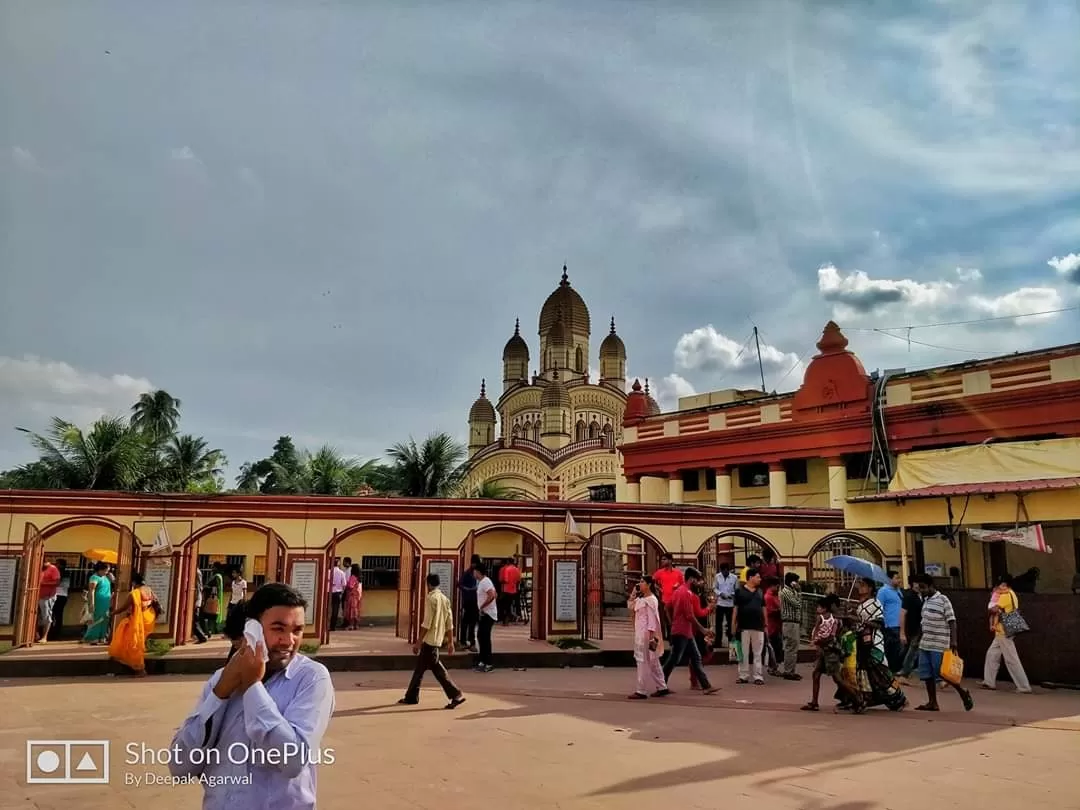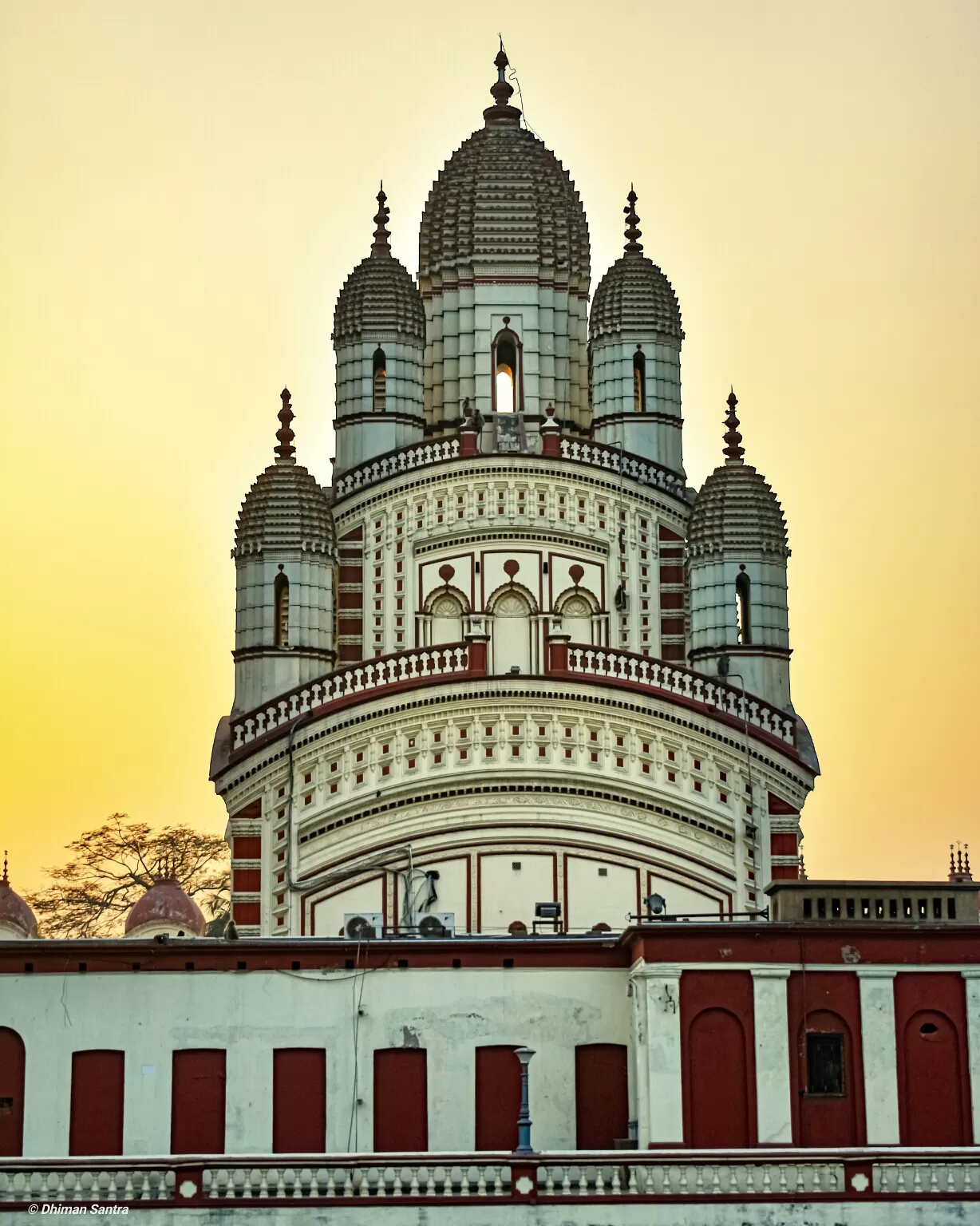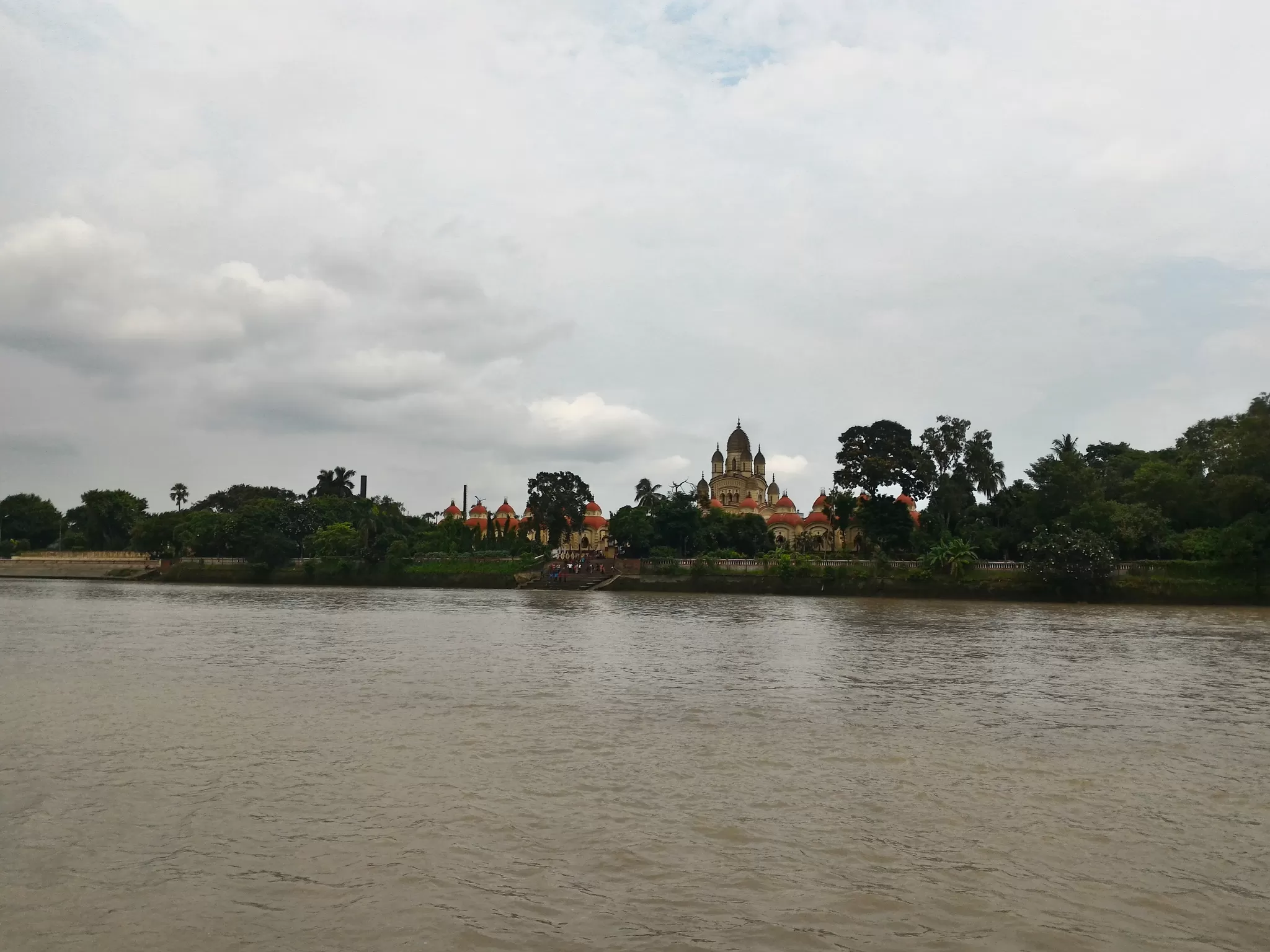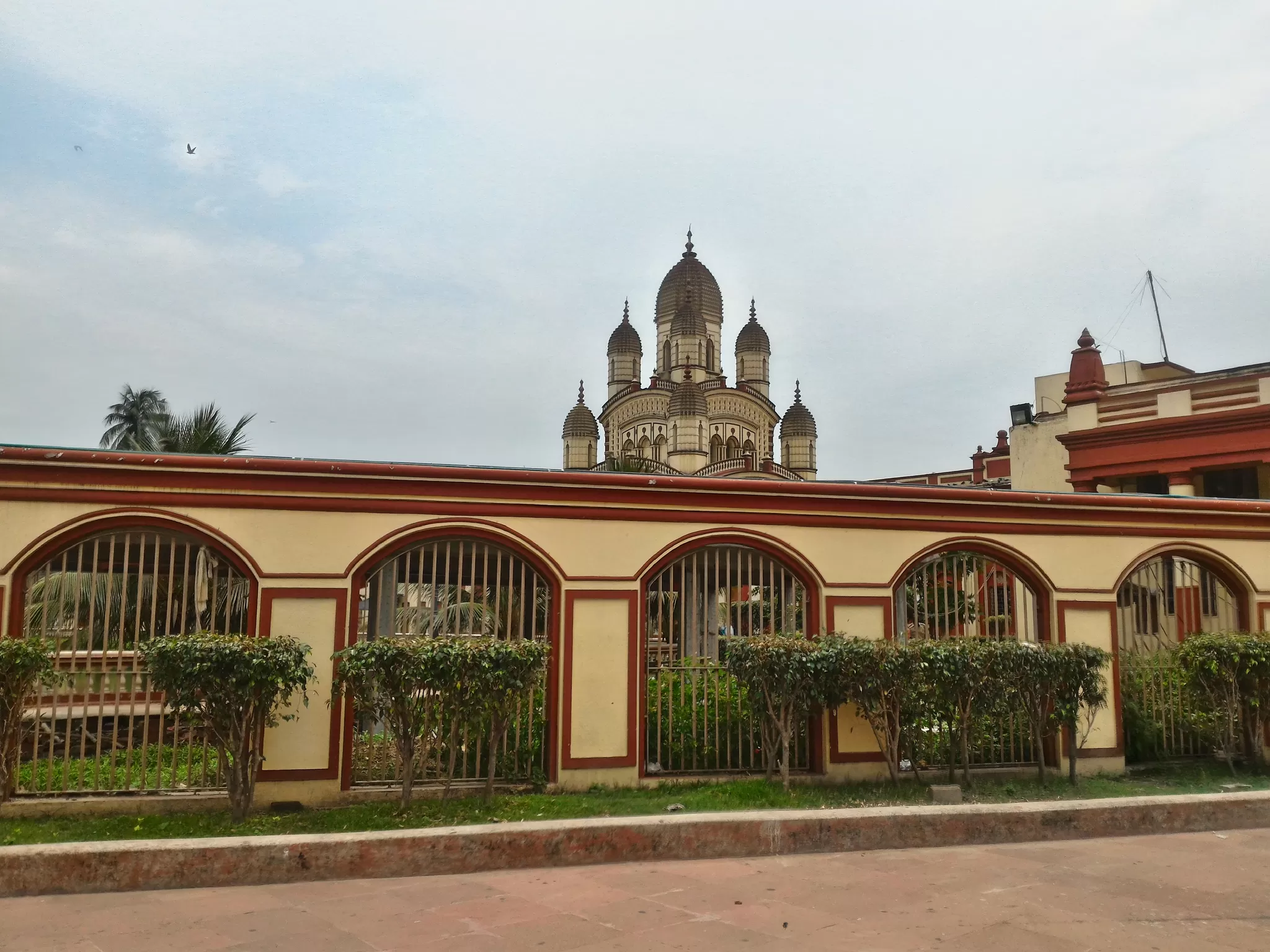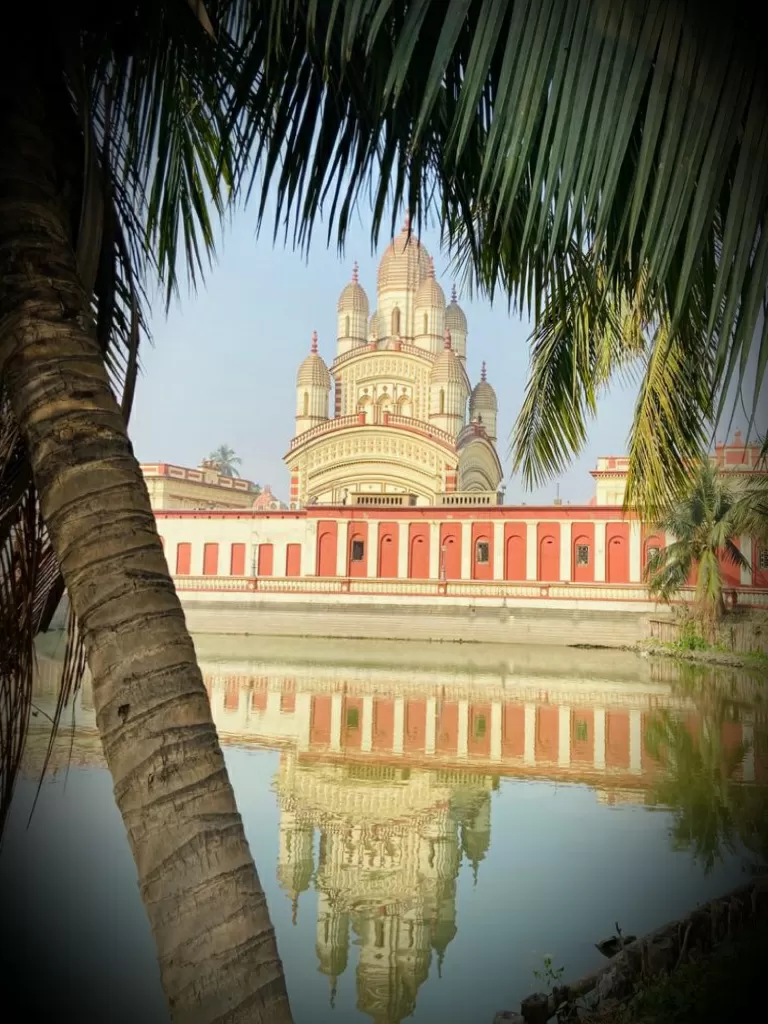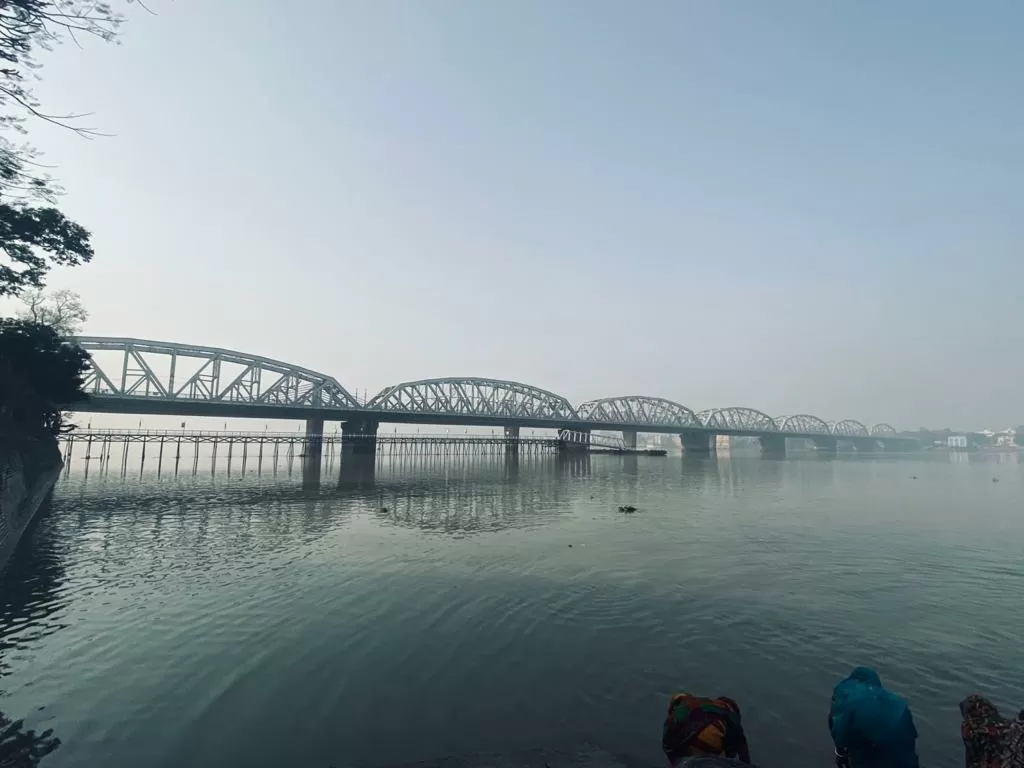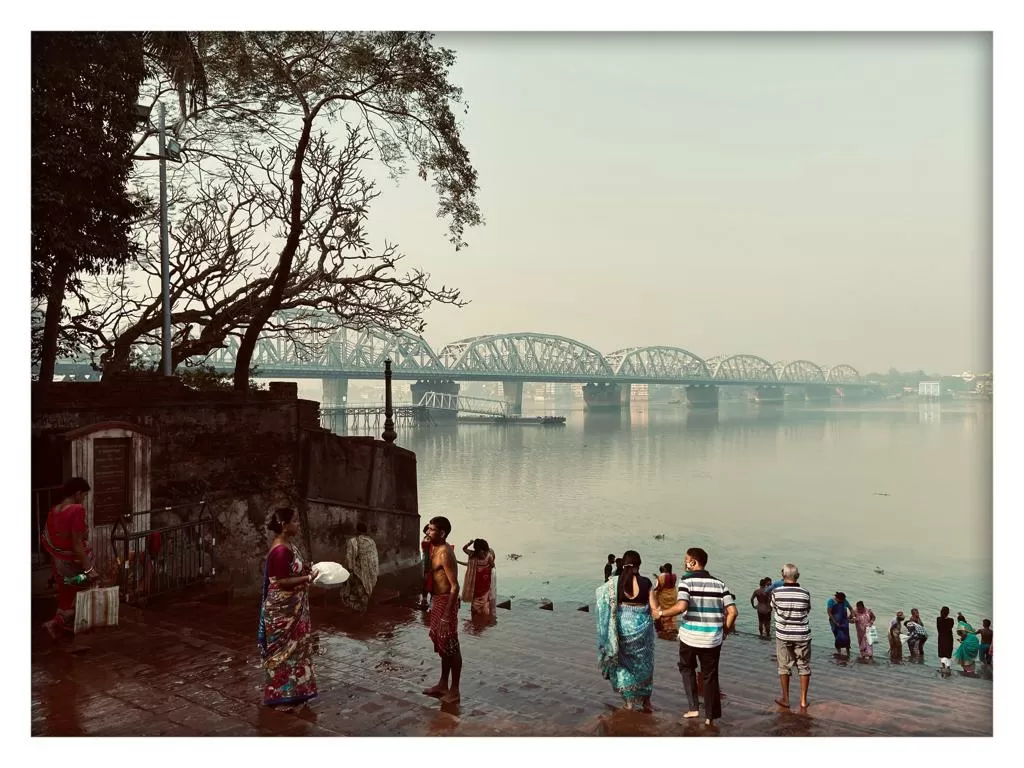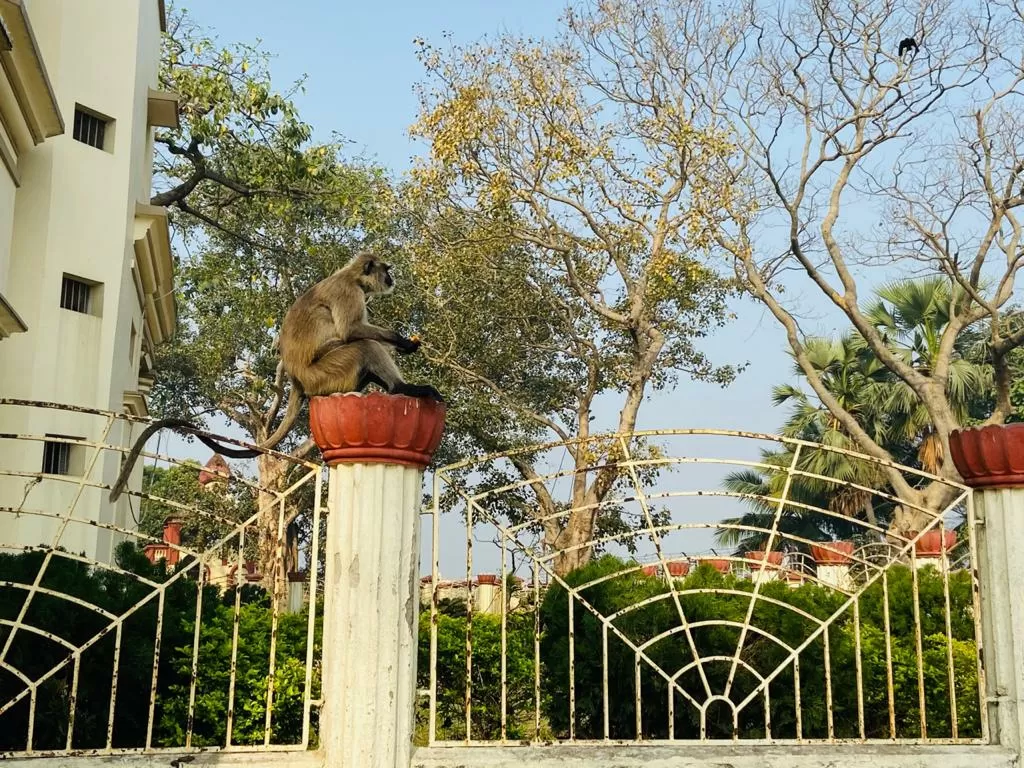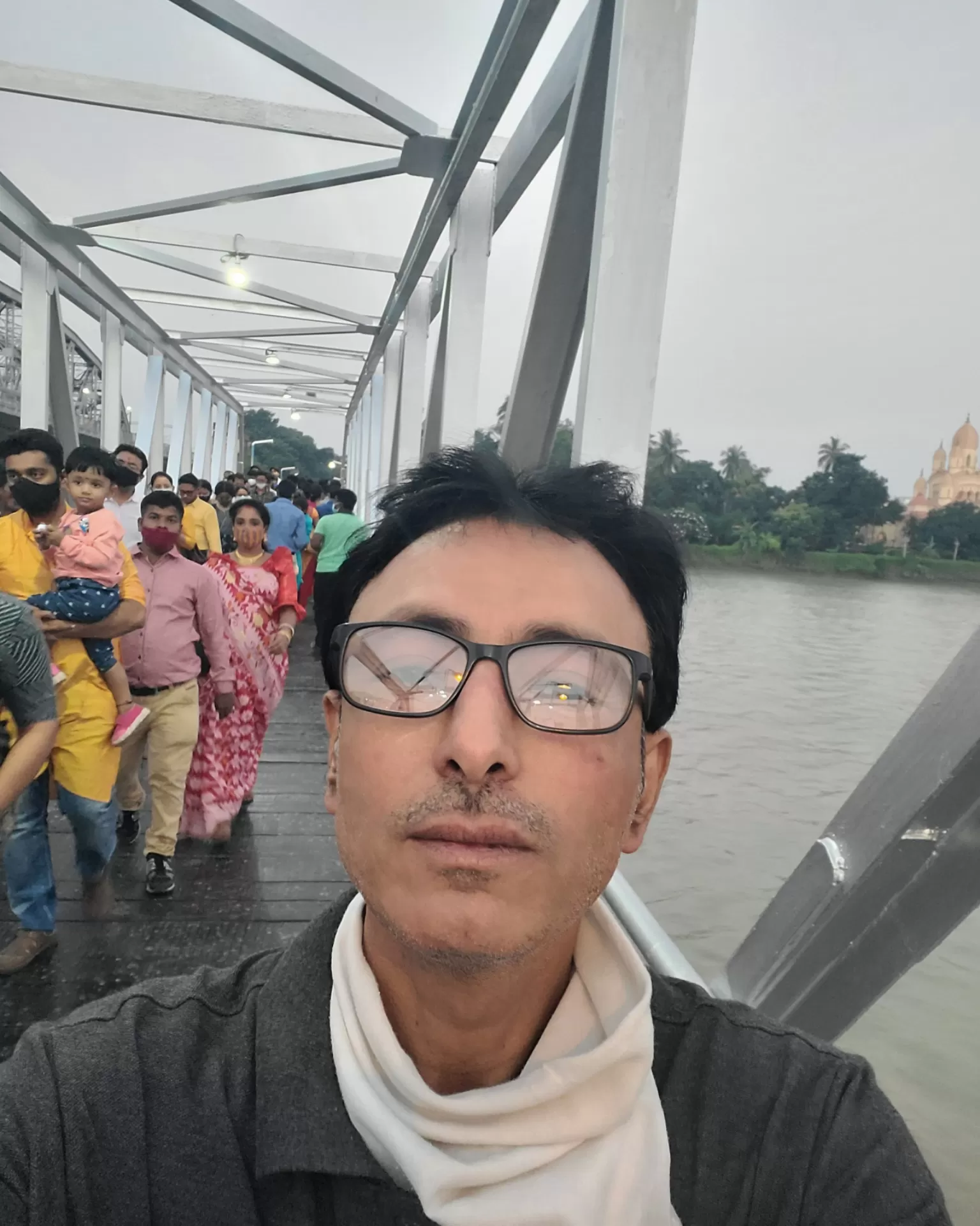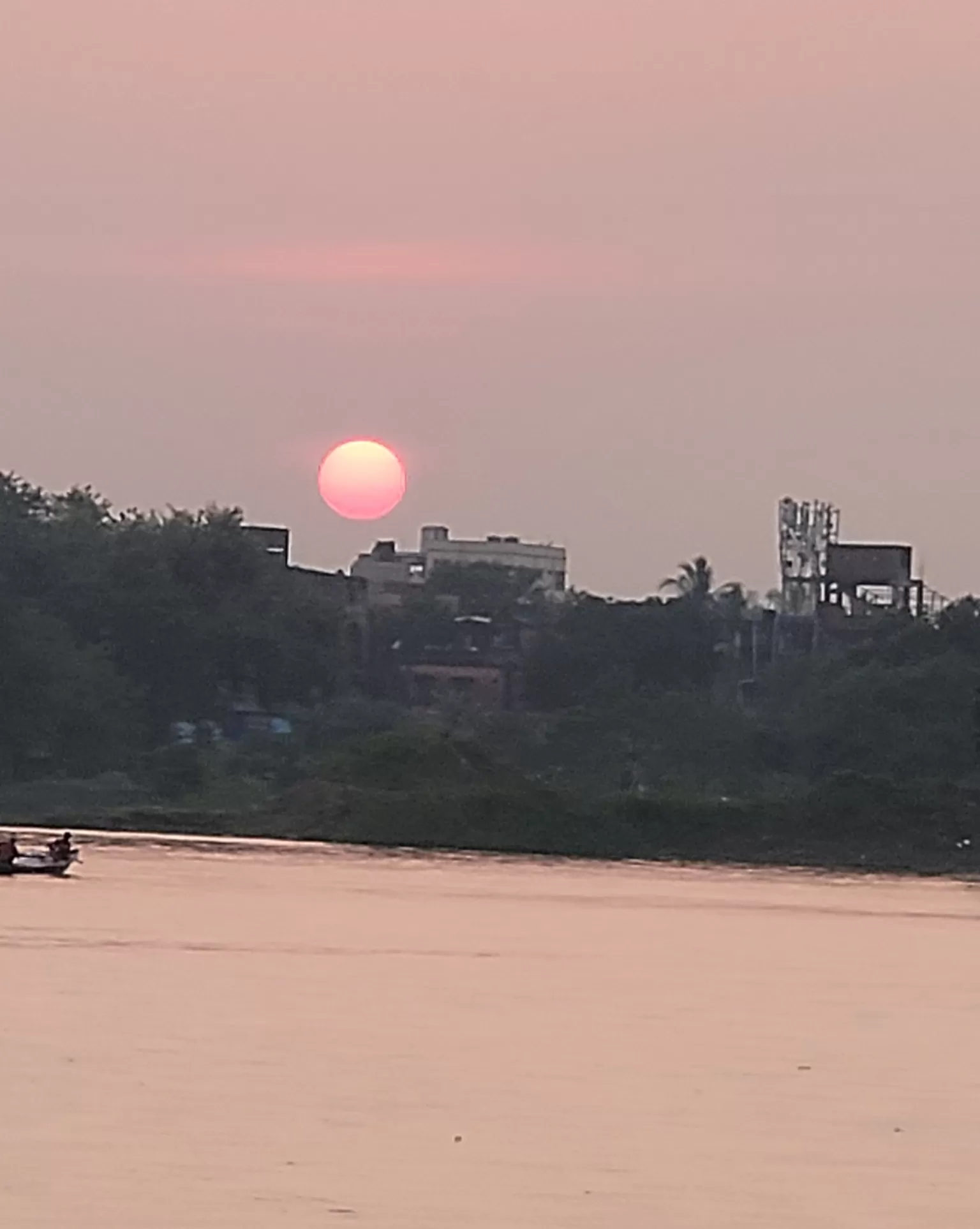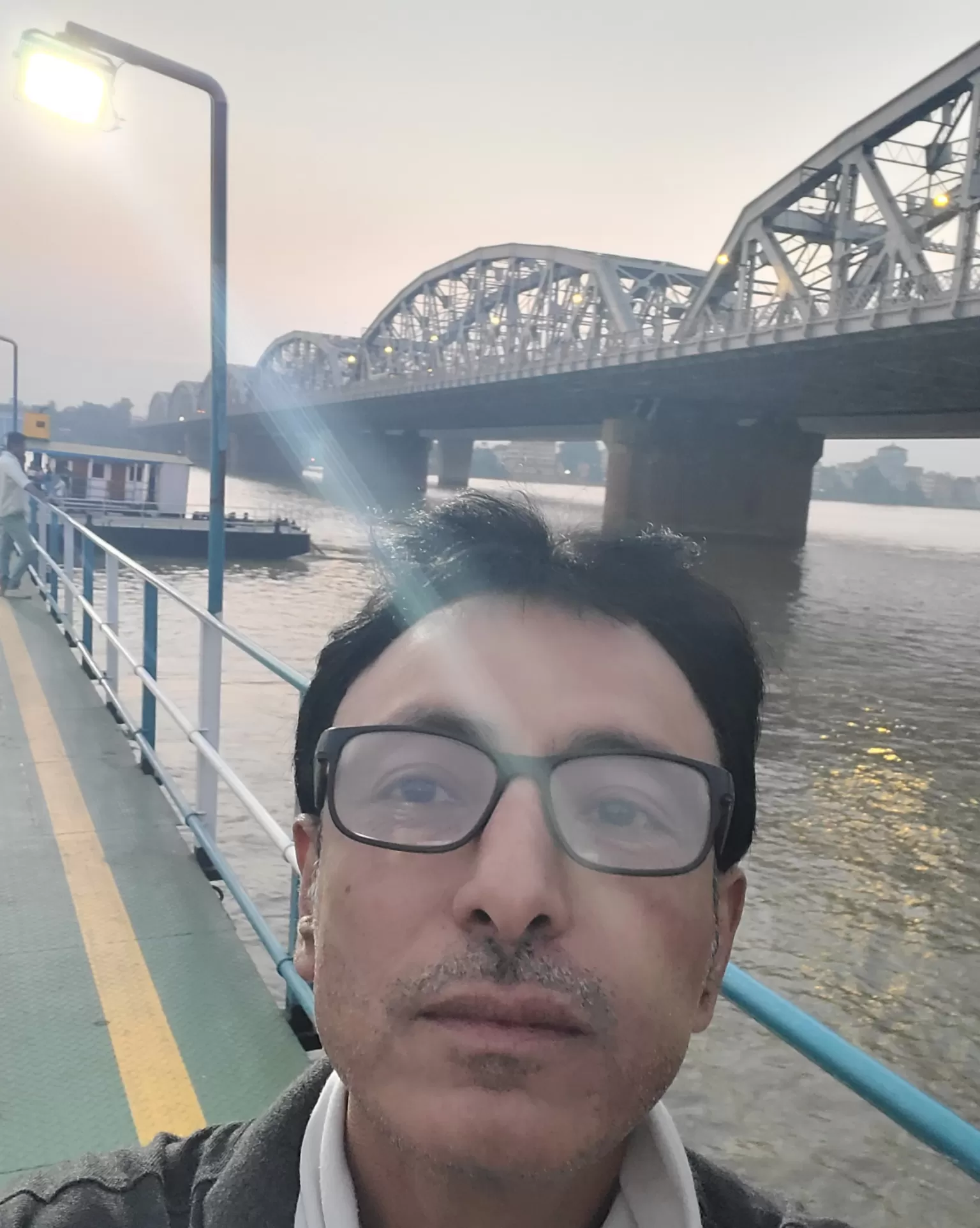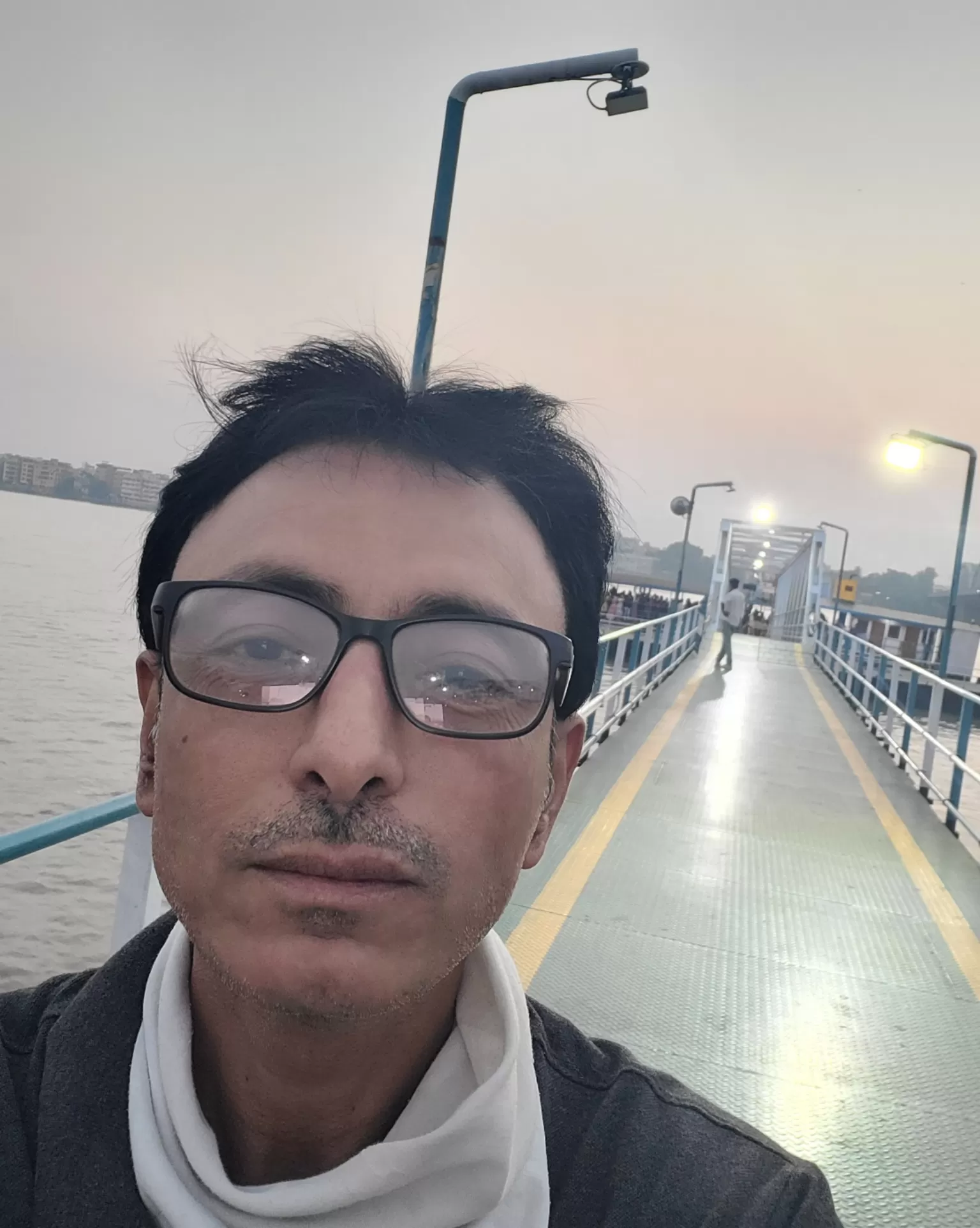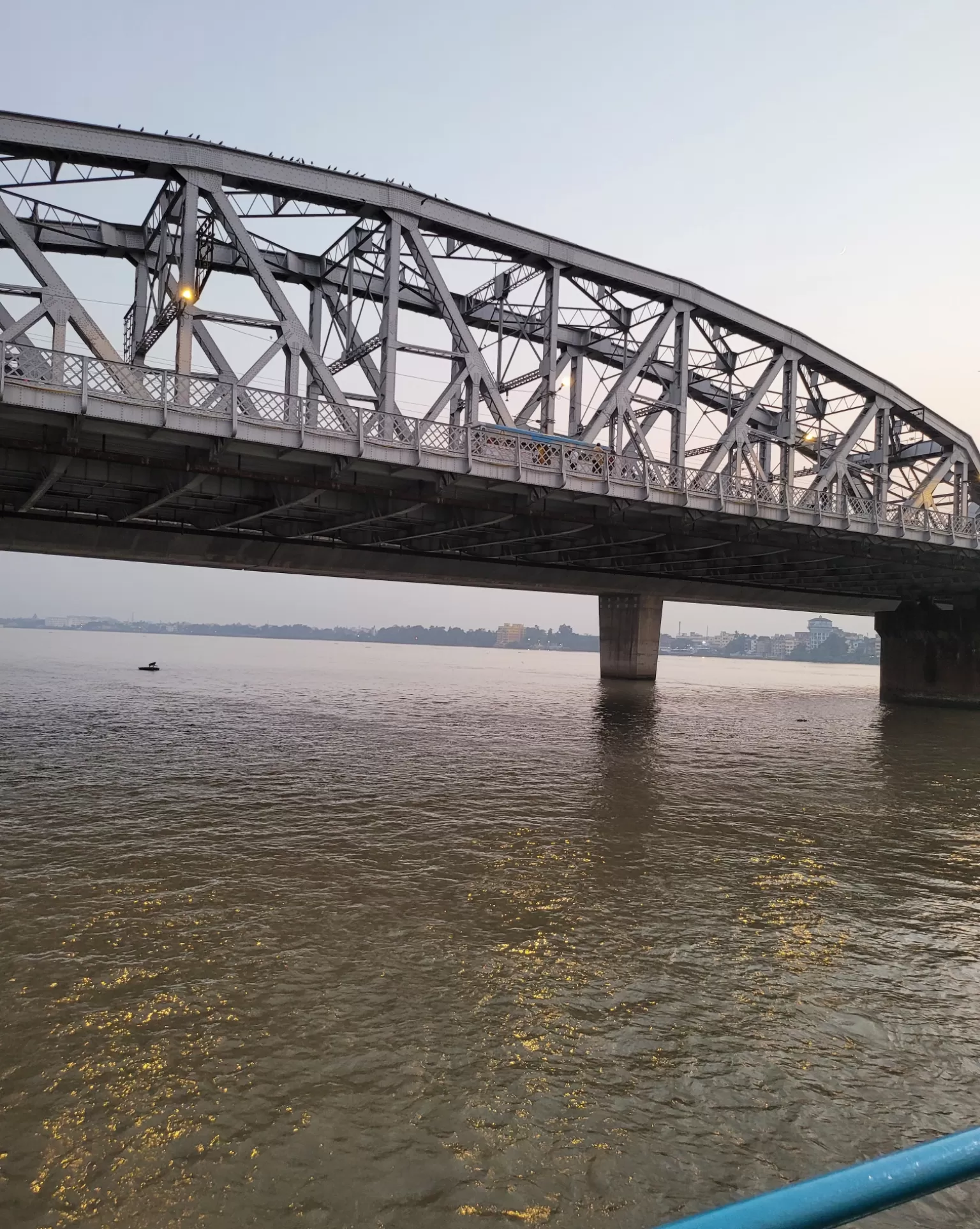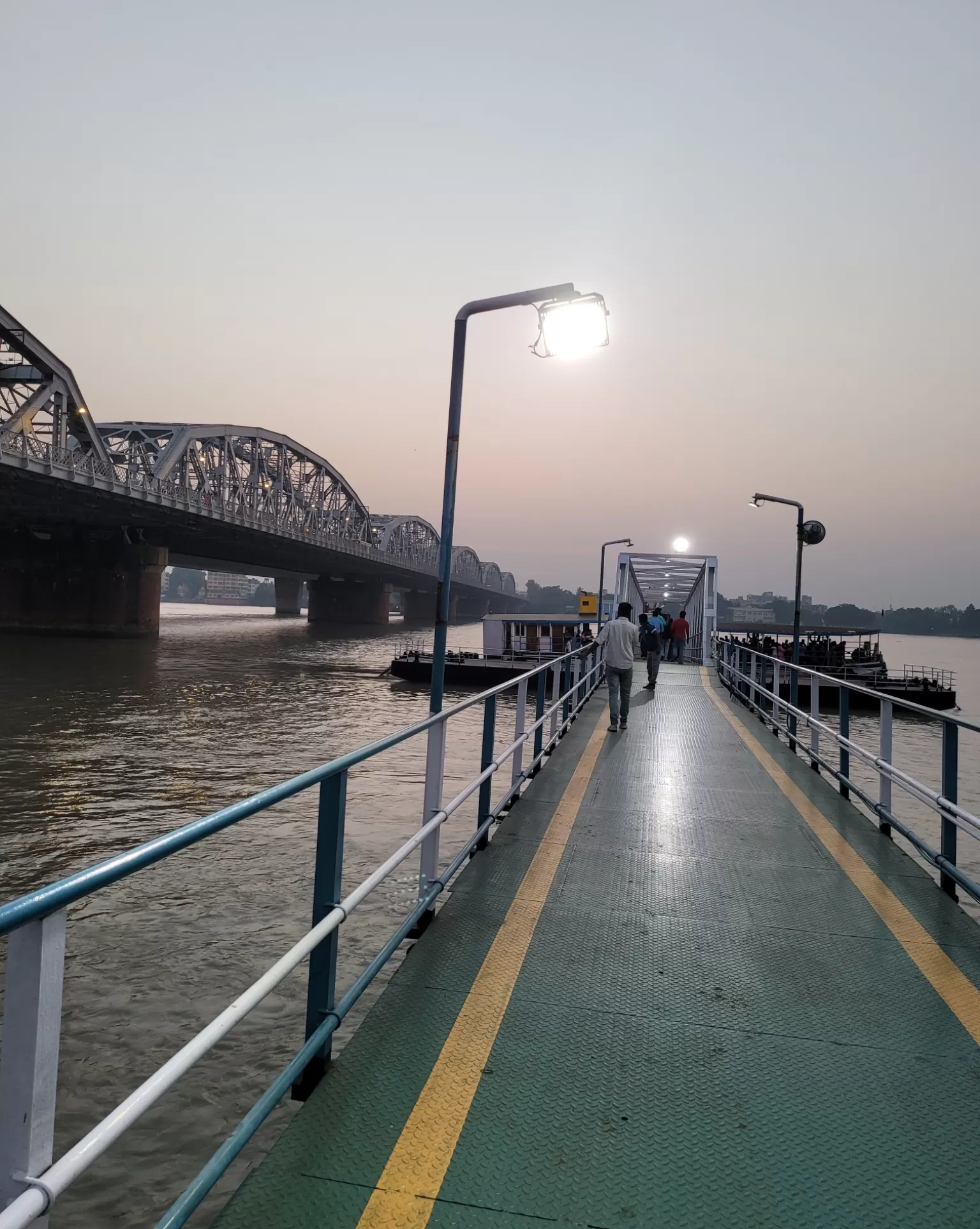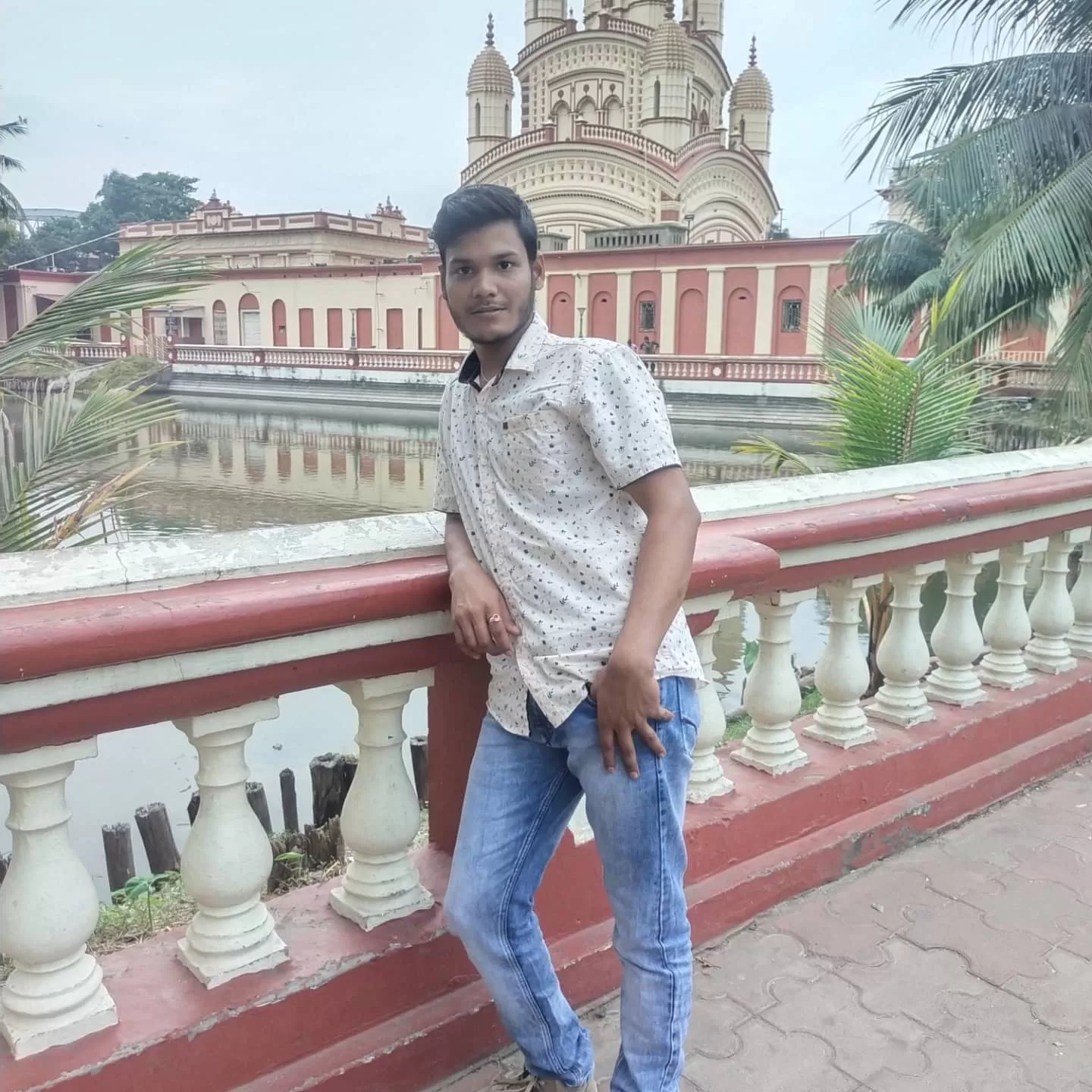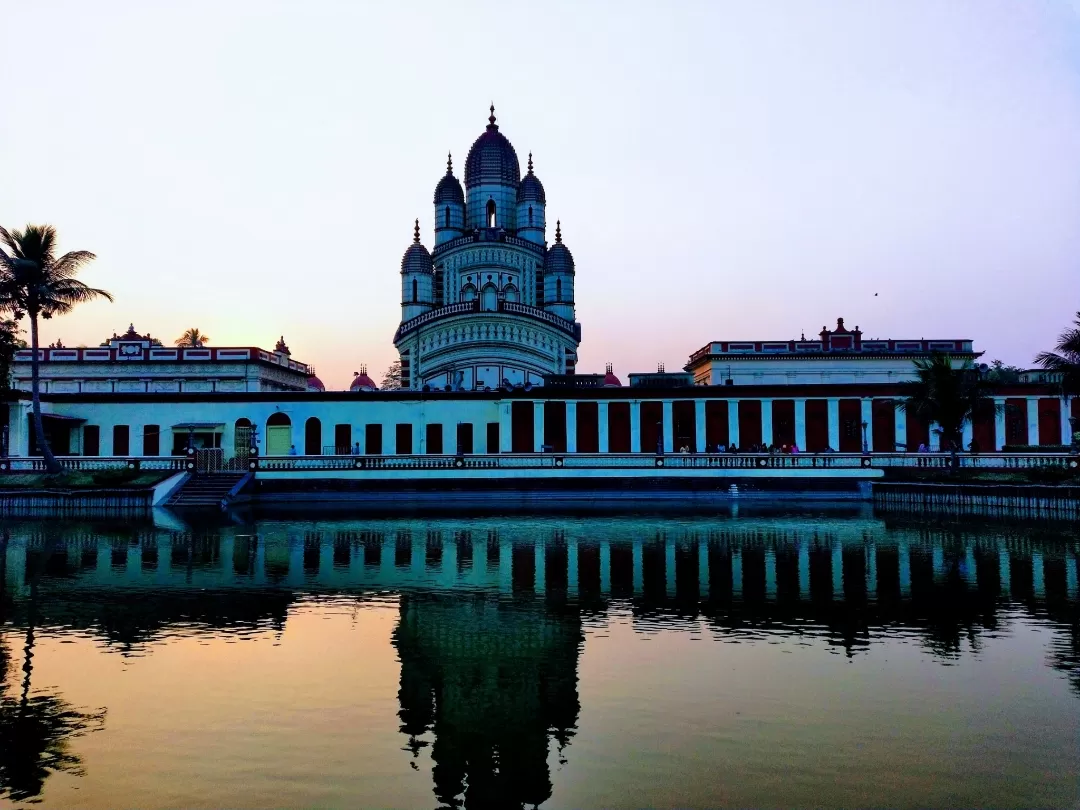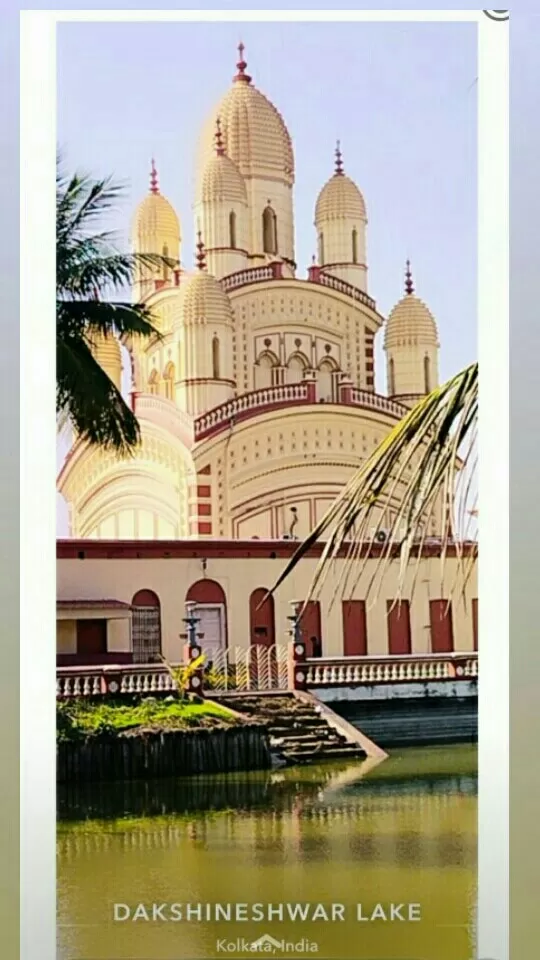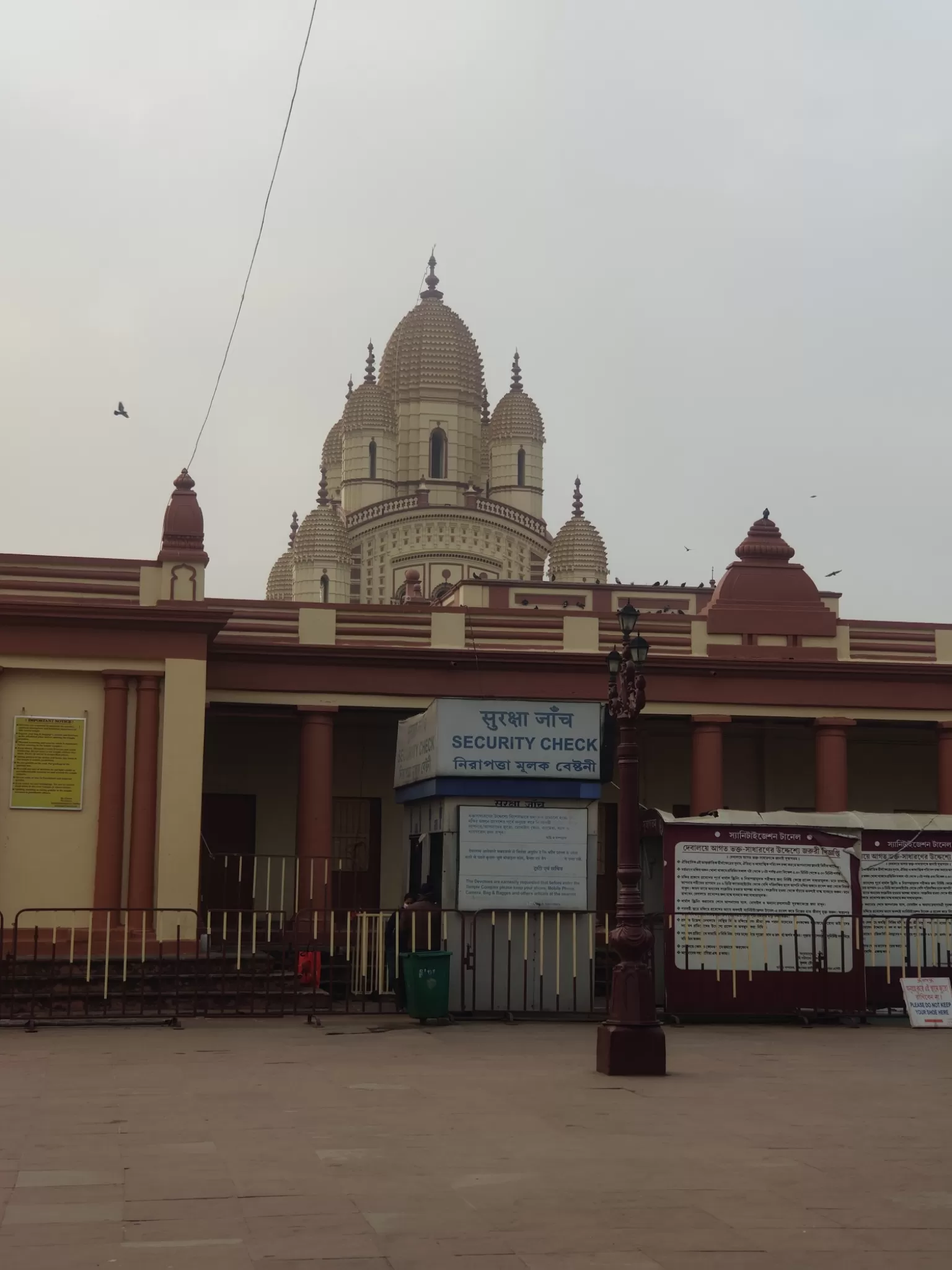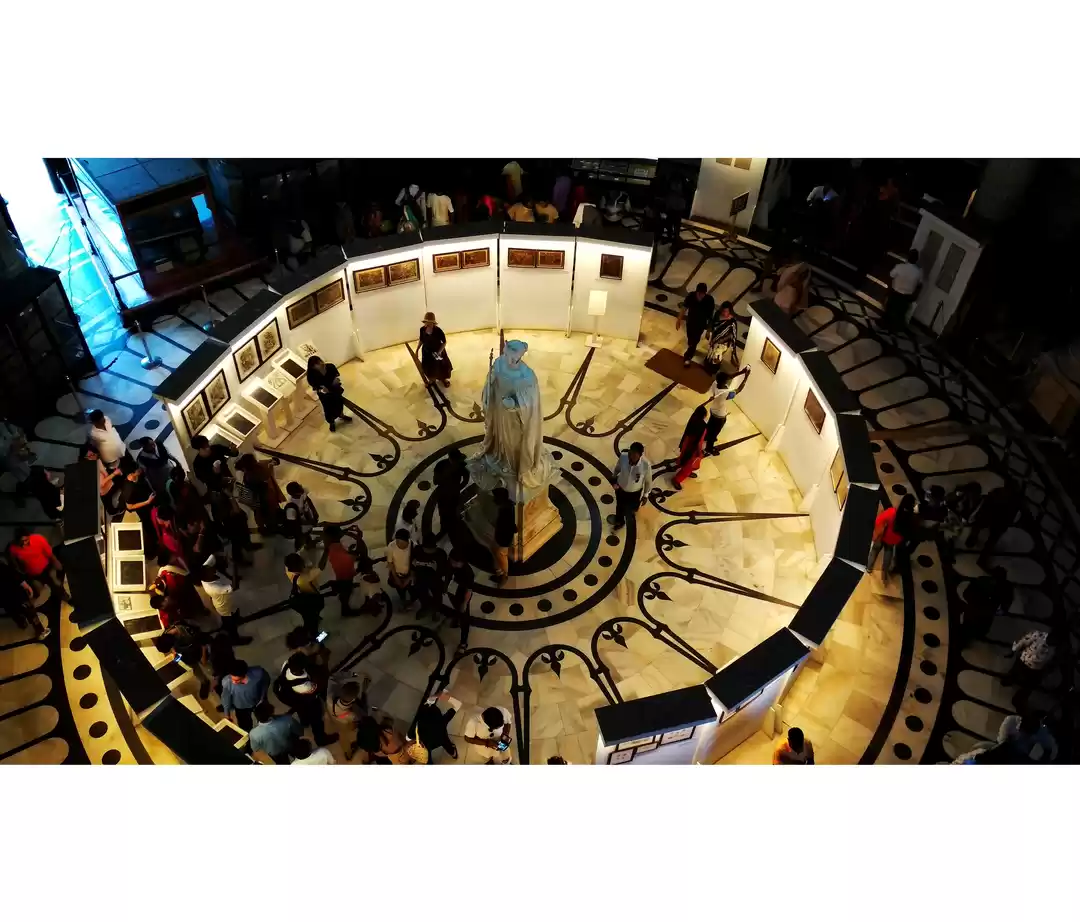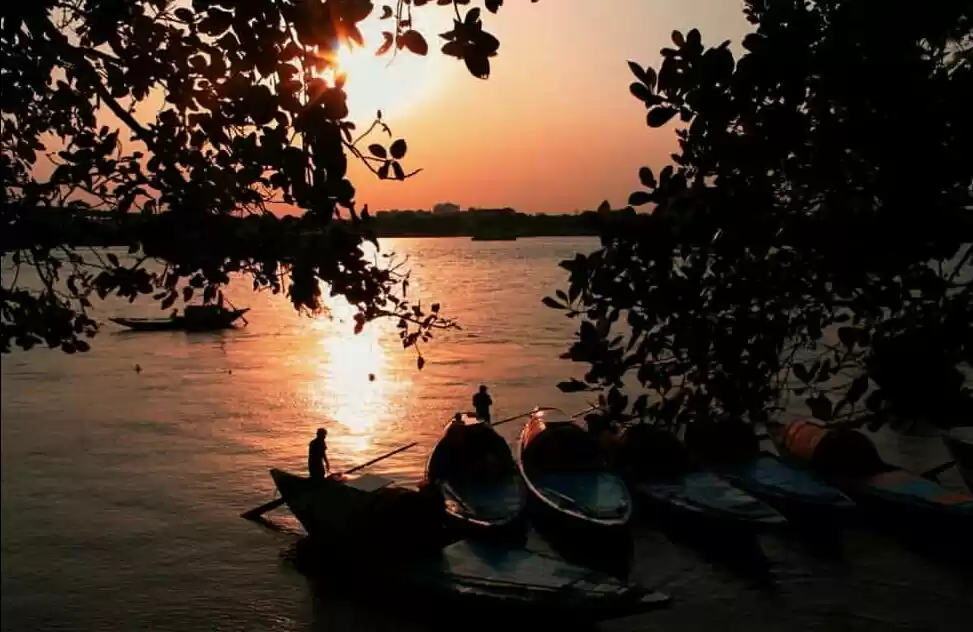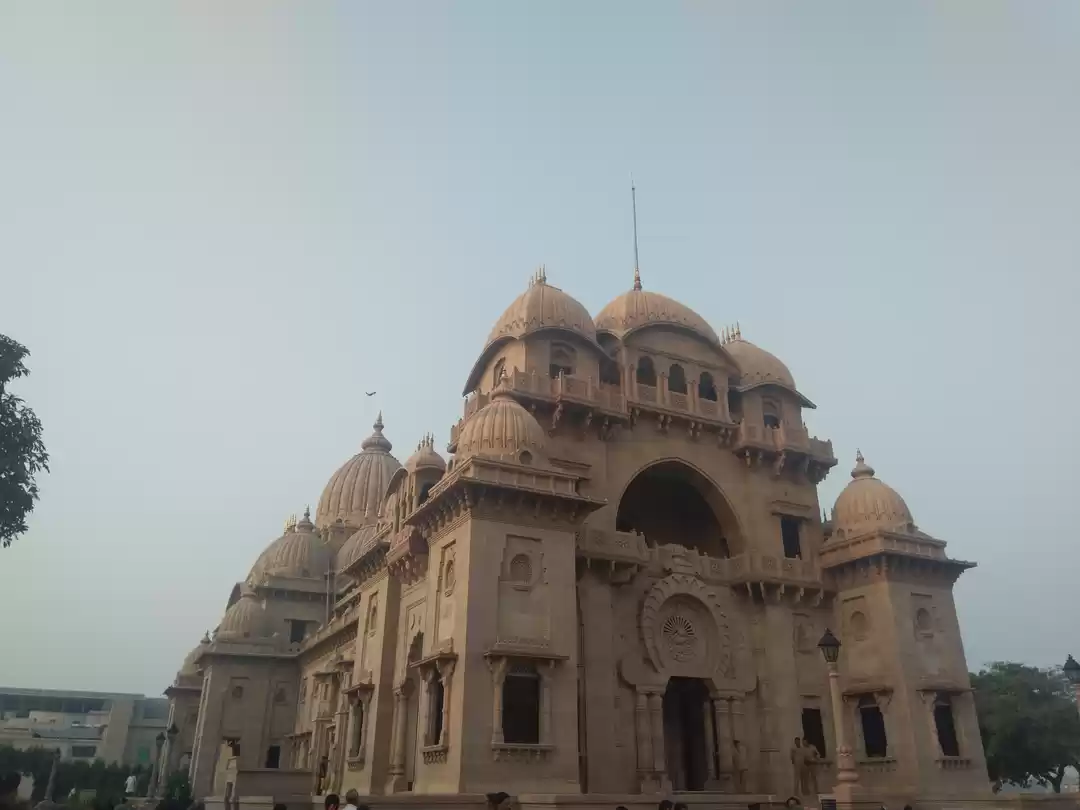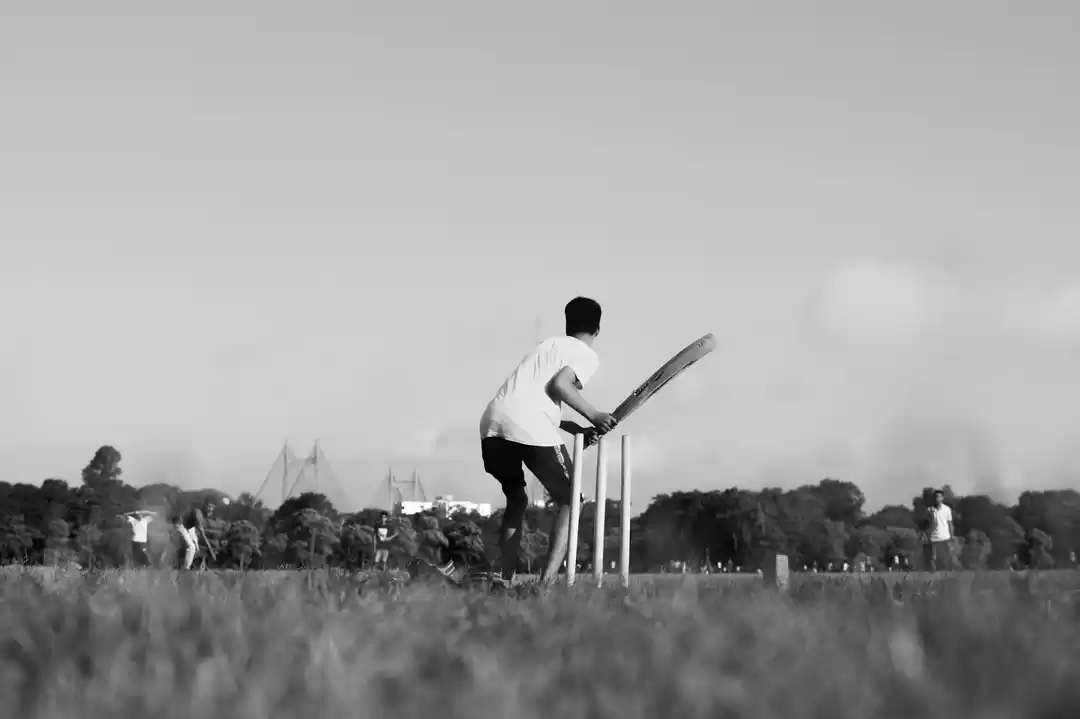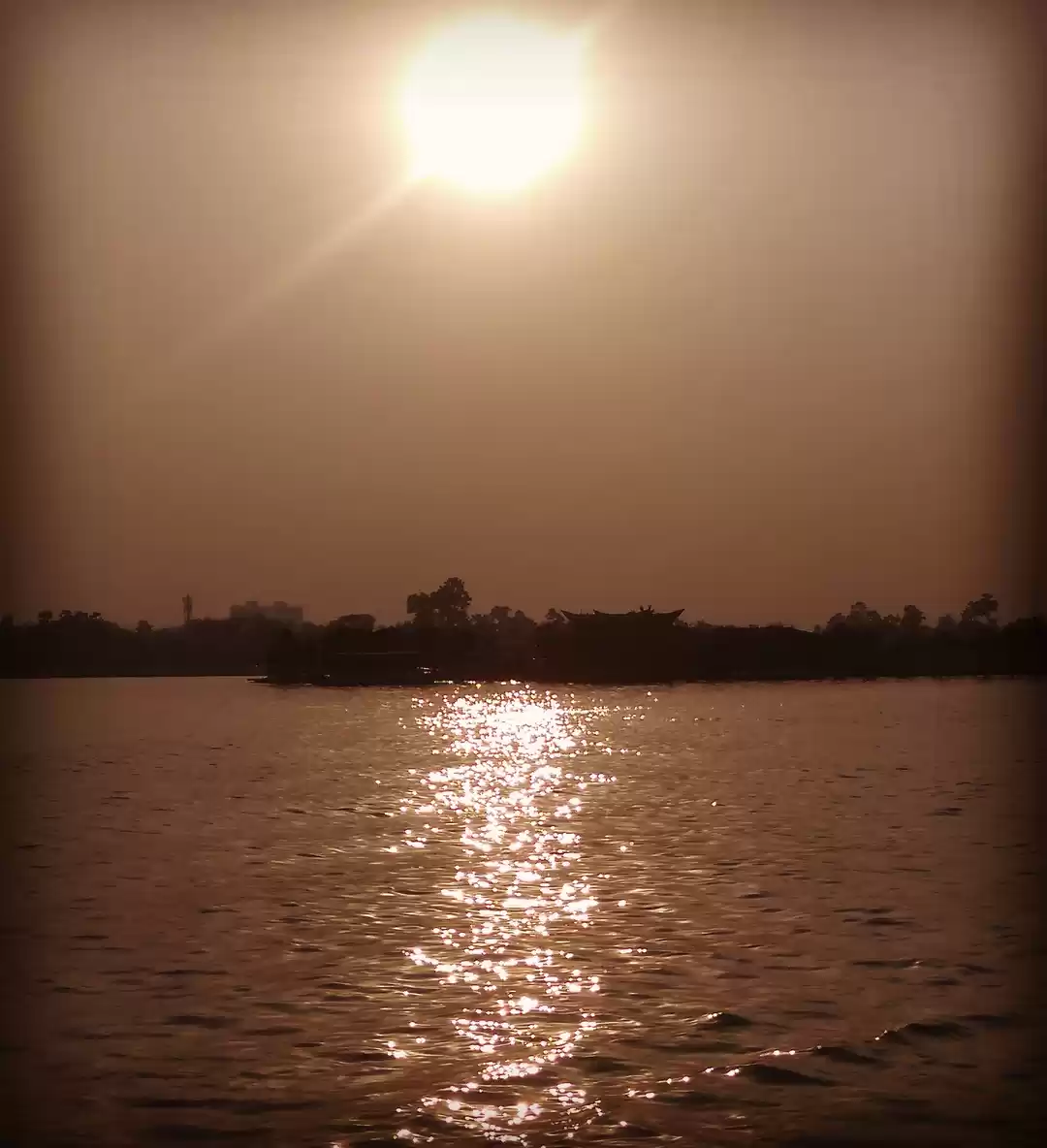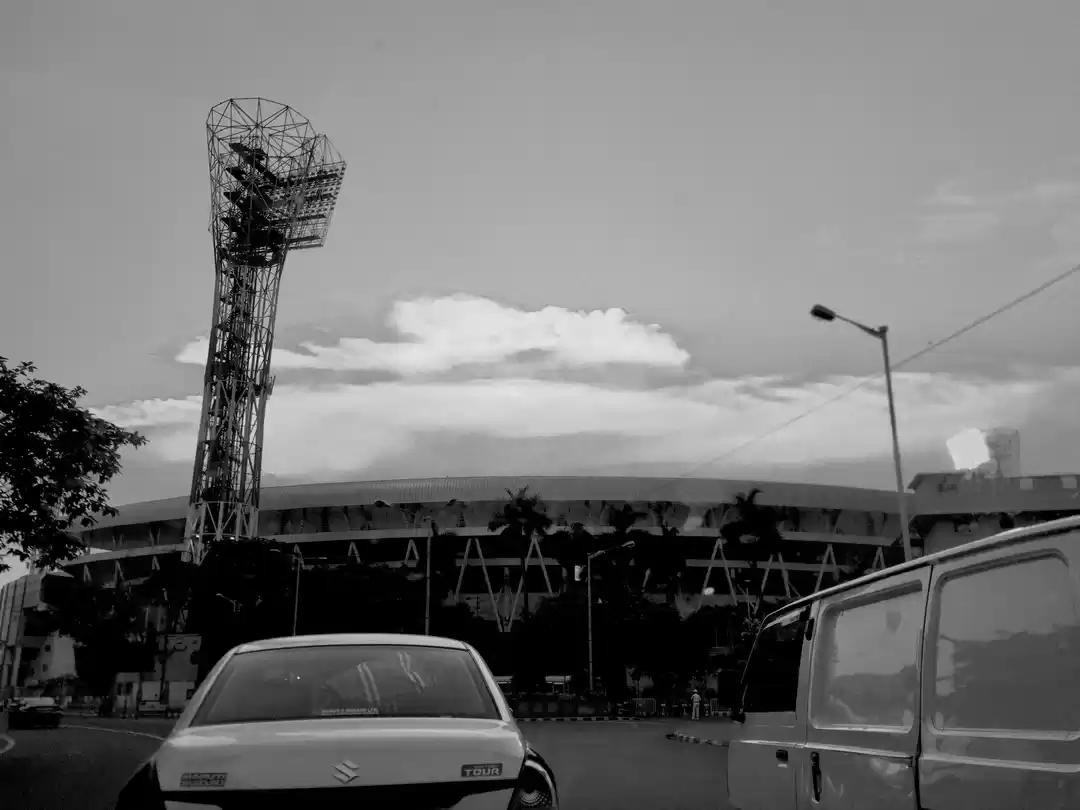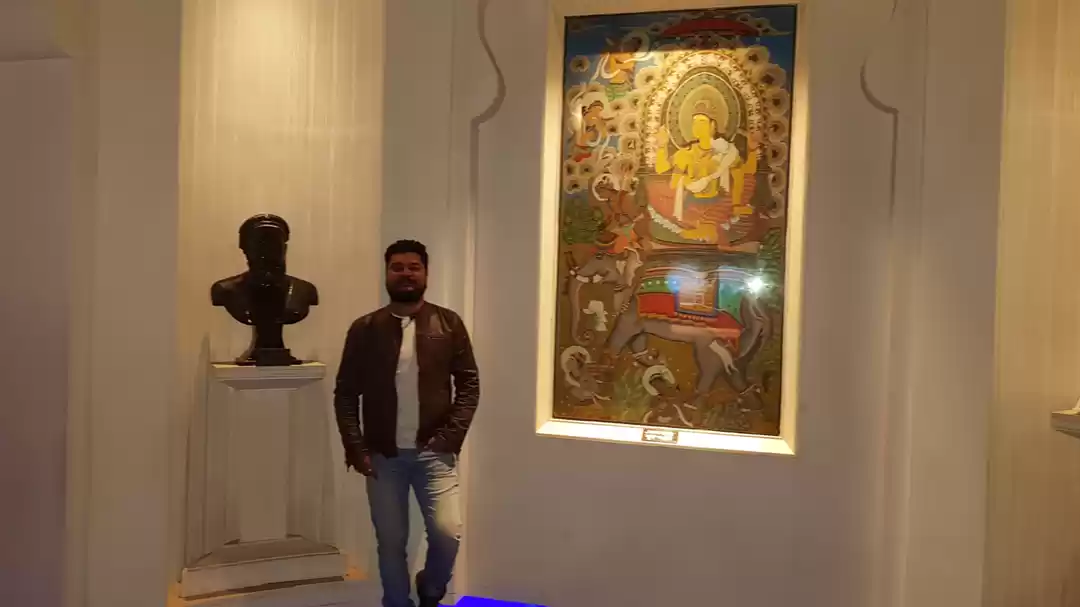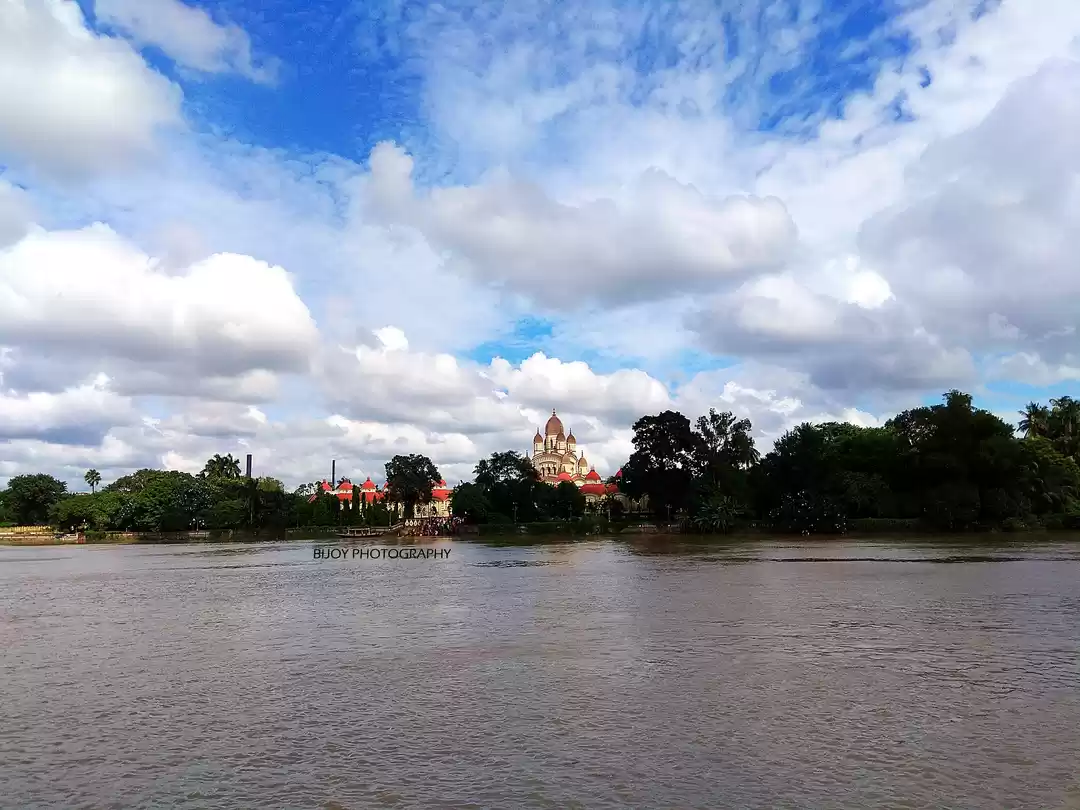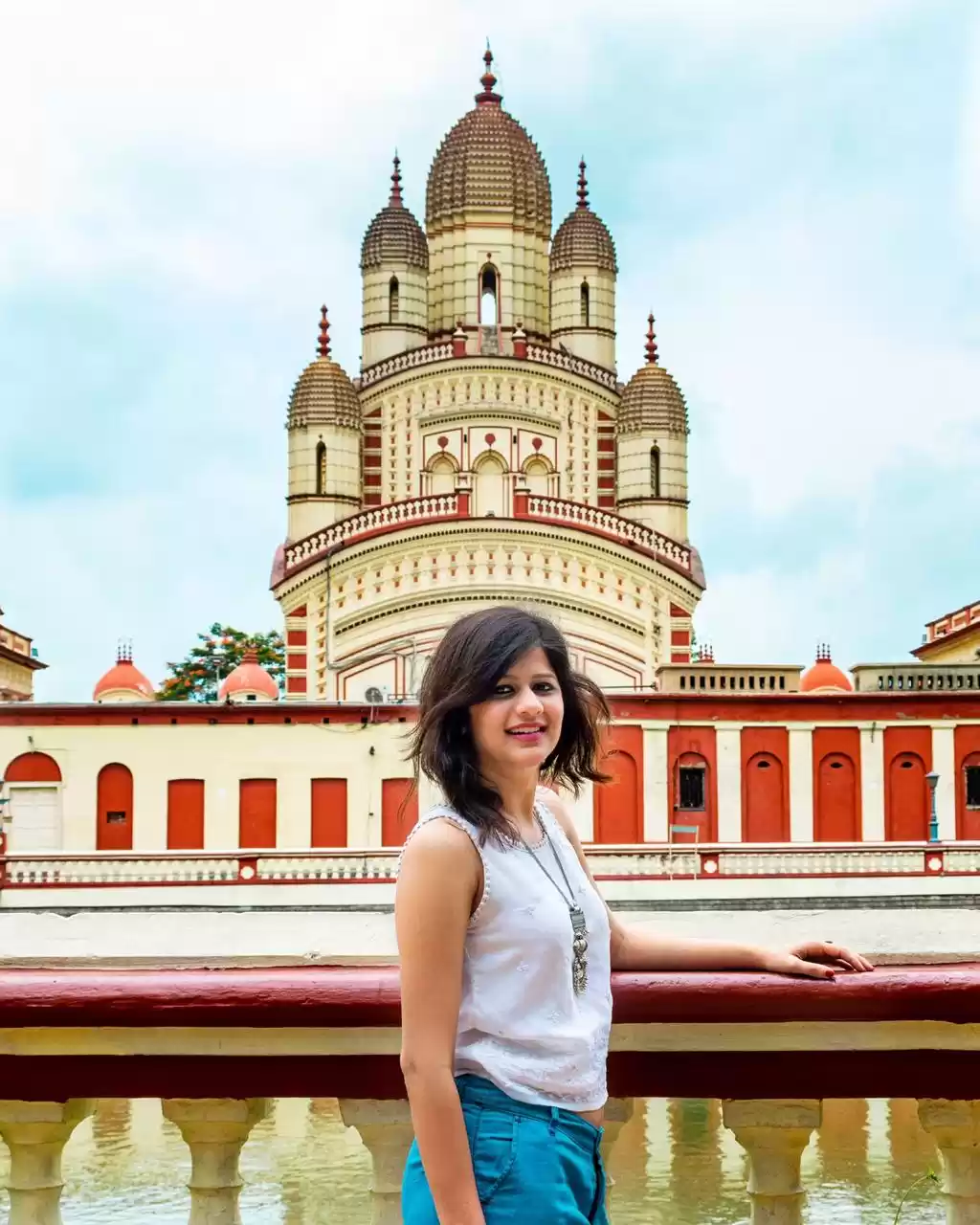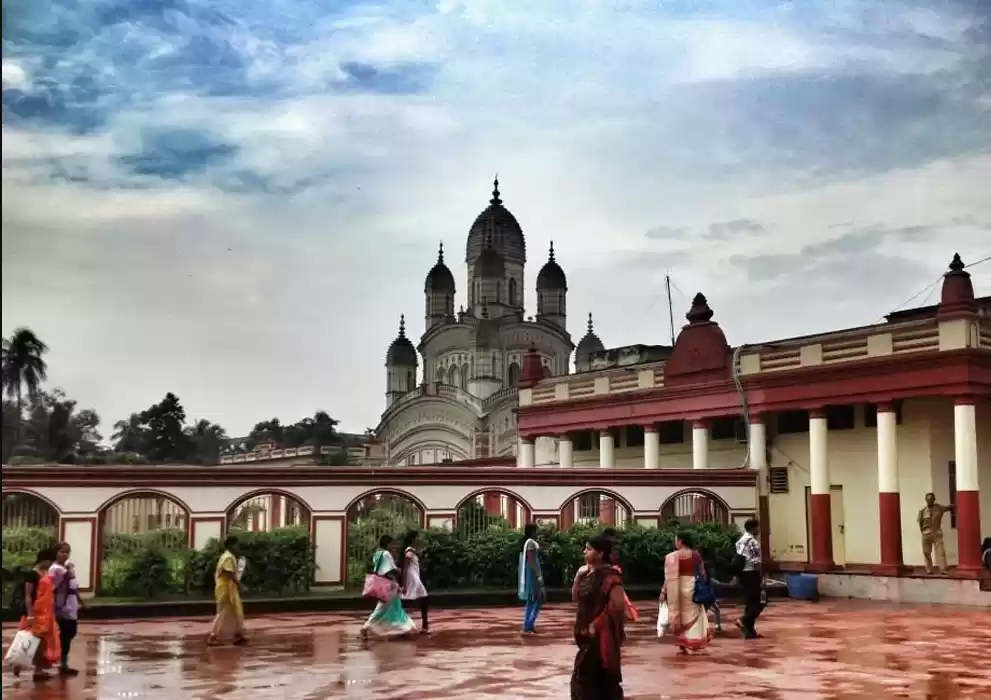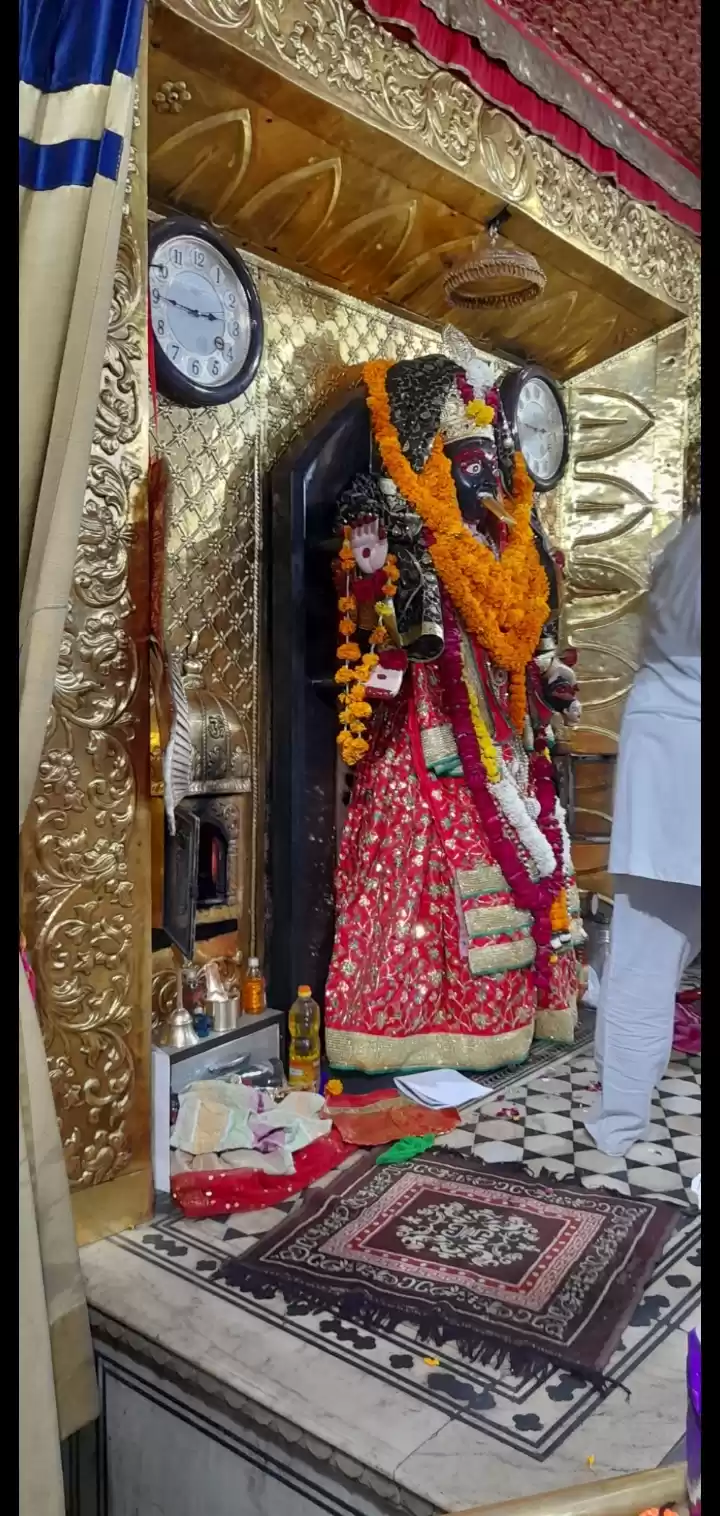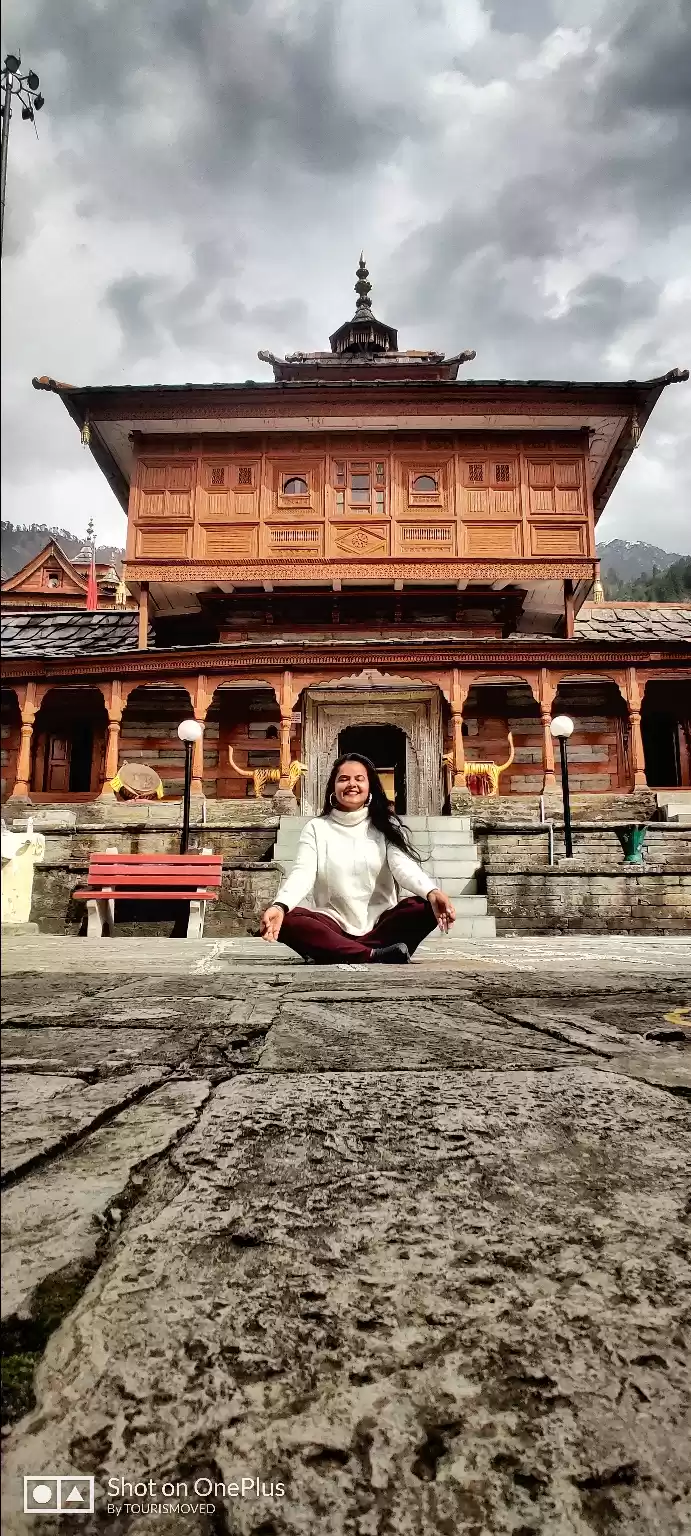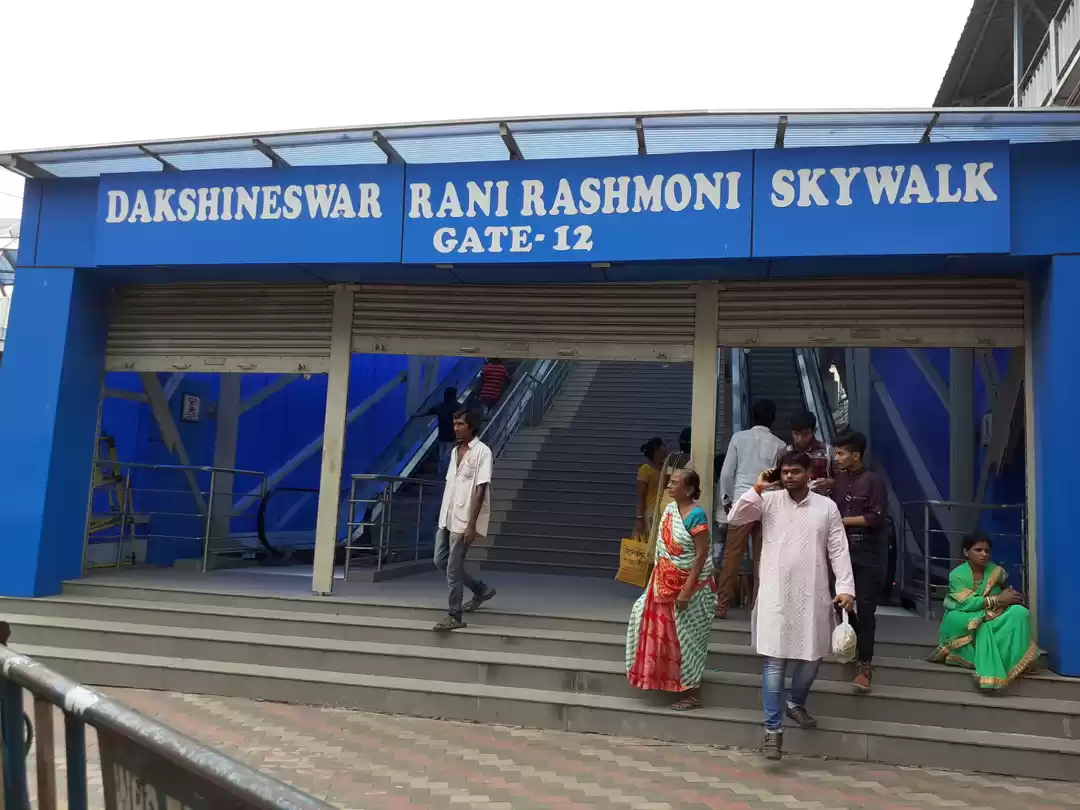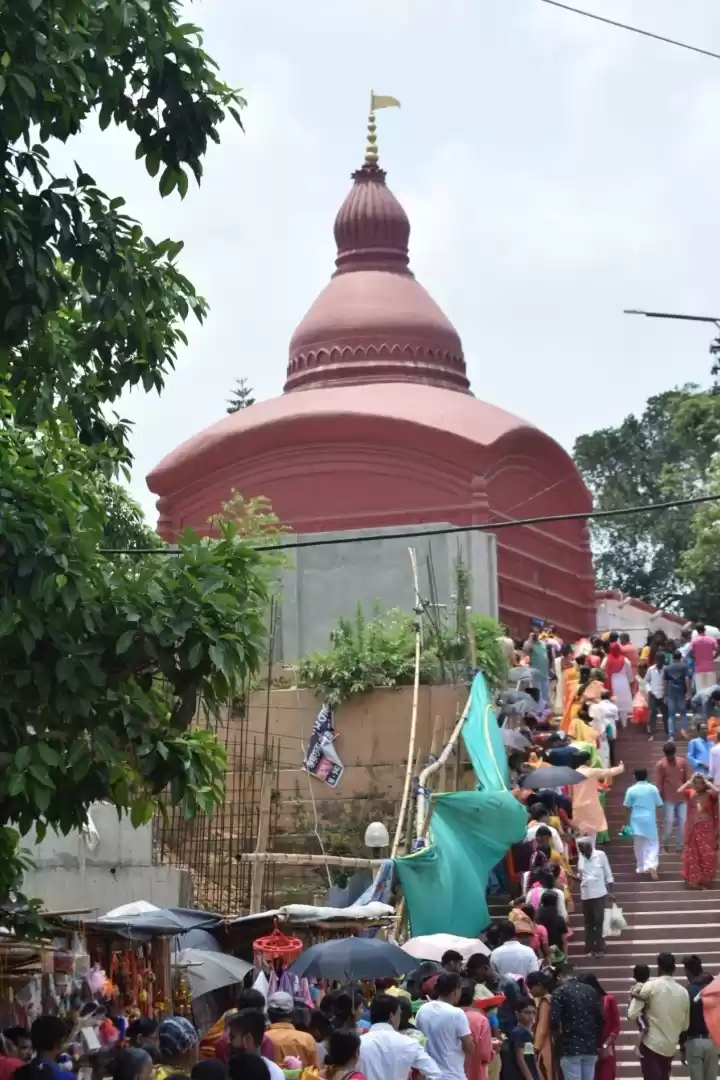Are you looking for a place where you can experience the divine presence of Goddess Kali and witness her grace, power, compassion, wisdom, etc.? If yes, then you should visit the Dakhineswar Kali Temple in Kolkata, West Bengal, India. This temple is one of the most popular and revered temples dedicated to Goddess Kali in India. It is also known as the “Goddess of Kolkata” and the “Mother of the Universe”.
In this article, we will tell you everything you need to know about the Dakhineswar Kali Temple. We will cover its history, architecture, idols, legends, attractions, and more. We will also give you some tips on how to visit or explore this temple and make the most of your spiritual journey.
History of Dakhineswar Kali Temple
The Dakhineswar Kali Temple was built by Rani Rashmoni Devi in 1855. She was the queen of Bengal and a devout follower of Goddess Kali. She had a dream about building a temple near Ganges after she was disappointed by her husband’s death and her son’s rebellion.
She decided to build a statue instead of going to Varanasi because she wanted to stay close to her husband’s soul and her son’s repentance. She started building the temple with her own hands and funds, despite facing many challenges and oppositions from others.
The temple took 12 years to complete and was inaugurated on 18th January 1857. It was named after Dakhineswar, which means “the abode of Lord Shiva”. The temple became a symbol of Rani Rashmoni’s devotion and courage.
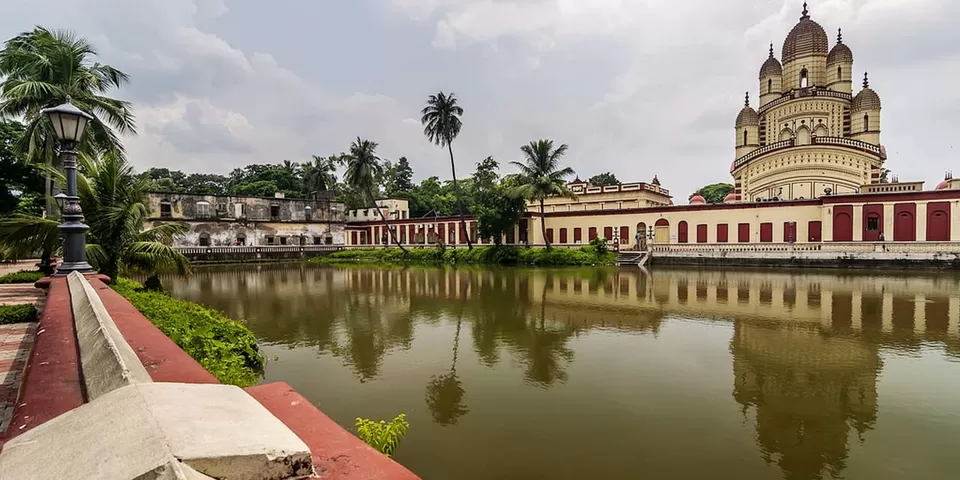
The temple witnessed many historical events during its construction and later years. Some of them are:
The Sepoy Mutiny of 1857 also known as India’s first war of Independence: The temple was attacked by British forces during this rebellion that shook the foundations of colonial rule in India.
The Partition of Bengal: The temple was divided into two parts by the British authorities after they annexed Bengal in 1911.
The Partition of India: The temple was again divided into two parts by the British authorities after they partitioned India in 1947.
The Liberation War: The temple was liberated by Indian forces during the Bangladesh Liberation War in 1971.
The Golden Temple: The temple was renovated and beautified by the Indian government in 2016 as part of its efforts to promote tourism and cultural heritage.
Also read: Dakshineswar Temple - Holy Pilgrimage in Kolkata
Architecture of Dakhineswar Kali Temple
The Dakhineswar Kali Temple has a unique architecture that reflects its spiritual purpose and cultural heritage. It has nine spires that symbolize nine aspects of Goddess Kali: power, courage, compassion, wisdom, etc.
The red sandstone material gives it a warm and majestic appearance. The intricate carvings and sculptures depict scenes from Hindu mythology and history. The domes, arches, pillars, windows The domes, arches, pillars, windows, etc. create a harmonious balance between nature and art.
Idols of Dakhineswar Kali Temple
The main idol of Goddess Kali in the sanctum sanctorum is a masterpiece of art and devotion. It is about 2.5 meters high and 1.5 meters wide. It is made of red sandstone and carved by skilled artisans.
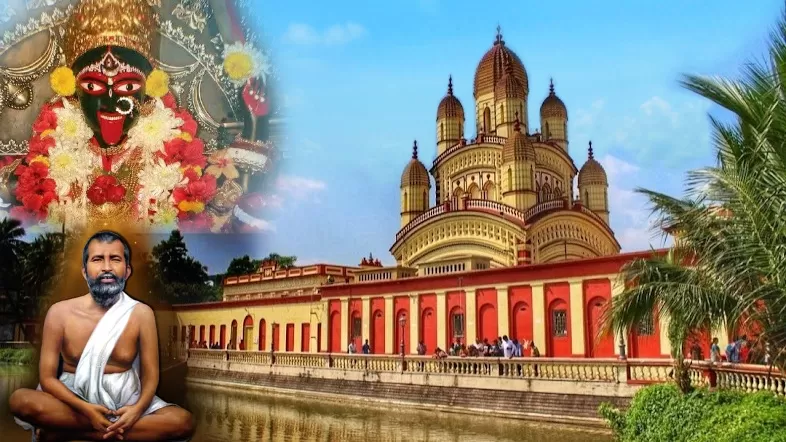
The idol shows Kali’s fierce and fearless attitude towards evil and ignorance. She has four arms, each holding a different weapon: a trident, a sword, a garland, and an axe. She also has a snake around her neck that symbolizes her power over death.
The idol has a serene and compassionate expression on her face. She has closed eyes that indicate her meditation and concentration. She also has a lotus flower in her right hand that symbolizes her purity and grace.
Best Time to Visit
The best time to visit the Dakhineswar Kali Temple is from 6 am to 8 pm. It is best during the summers, as in winters, the weather can be very problematic, especially for the kids. You can visit throughout the year as the weather is not a problem in Kolkata.
The temple is a major draw for local Hindu devotees and can be very busy during the daytimes and evenings, especially at weekends. Arrive in the early morning to beat the crowds and heat. You can also enjoy the evening arti or aarti, which is a ritual of offering prayers and chants to Goddess Kali.
Other Attractions of Dakhineswar Kali Temple
The Dakhineswar Kali Temple has many other attractions that enhance its spiritual and cultural value.
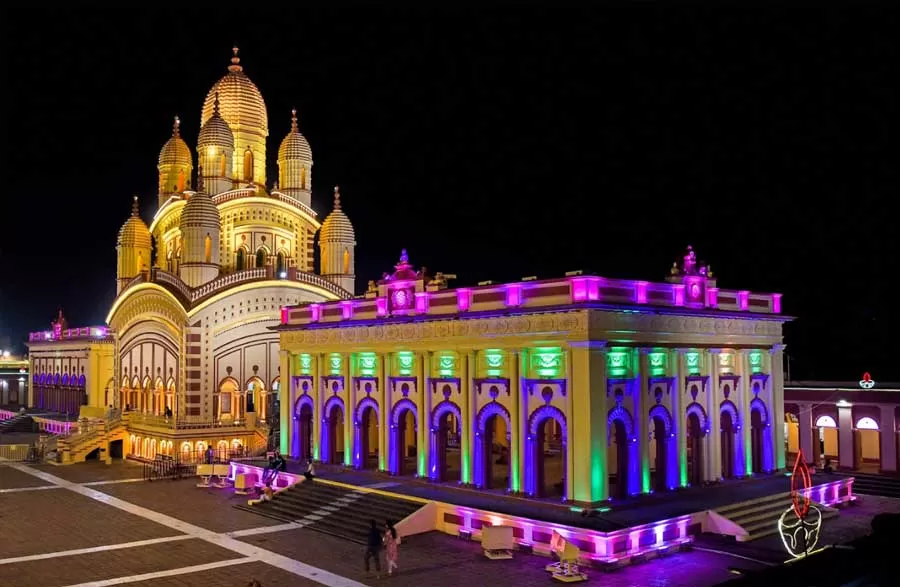
- One of them is the Nat Mandir or Vishnu Mandir near the main temple that is dedicated to Lord Krishna One of them is the Nat Mandir or Vishnu Mandir near the main temple that is dedicated to Lord Krishna. It has a beautiful dome-shaped roof and a colorful facade. It also has a statue of Lord Krishna playing his flute.
- Another attraction is the Nahabat chamber where Ramkrishna Paramhansa lived for 40 years and wrote his spiritual teachings. He was a saint and a mystic who had a deep connection with Goddess Kali. He also had many visions and experiences of her.
- A third attraction is the shrine in honor of Rani Rashmoni that is located near the main temple. It has a statue of her holding a lotus flower. She was the queen of Bengal and a devout follower of Goddess Kali. She had built the temple for Goddess Kali’s sake.
- A fourth attraction is the bathing ghat where devotees can take a dip in the holy river Ganges before entering the temple. The river Ganges is considered to be sacred and pure by Hindus. It also has many temples and ghats along its banks.
- A fifth attraction is the landscaped garden where visitors can enjoy the natural beauty and tranquility of the place. The garden has many flowers, trees, fountains, and statues that create a serene atmosphere.
How to Reach
There are different ways to reach the Dakhineswar Kali Temple from Kolkata city centre depending on your mode of transportation and preference. Here are some of the options:
By metro:
You can take a metro train from Belgachia Metro Station to Dakshineswar Metro Station, which is located near the temple. The station is part of the Kolkata Metro Line 3 and it is easily accessible by public transport or by taxi. The journey takes about 33 minutes and costs ₹10 - ₹12.
By bus:
You can take a bus from Shyambazar Bus Stand to Tantipara Bus Stop, which is also near the temple. The bus stop is well connected by local and long-distance buses. The journey takes about 29 minutes and costs ₹24 - ₹35.
By taxi:
You can take a taxi from Kolkata city centre to the temple, which is about 6.3 km away. The taxi fare may vary depending on the traffic and route, but it may cost around ₹220 - ₹270.
You may also like to check out: DAKSHINESHWAR & ISKCON || TWO DAYS IN KOLKATA
The Dakhineswar Kali Temple is a place where you can experience the divine presence of Goddess Kali and witness her grace, power, compassion, wisdom, etc.
The temple has a unique architecture that reflects its spiritual purpose and cultural heritage. It has many other attractions that enhance its spiritual and cultural value. You can visit or explore these attractions to make your visit more enjoyable and memorable.
If you are looking for a place where you can experience the divine presence of Goddess Kali and witness her grace, power, compassion, wisdom, etc., then you should visit the Dakhineswar Kali Temple in Kolkata, West Bengal, India. You will not regret it!
We hope you found this article helpful and informative. If you have any questions or feedback about this article or our website, please feel free to contact us at support@tripoto.com . We would love to hear from you!






